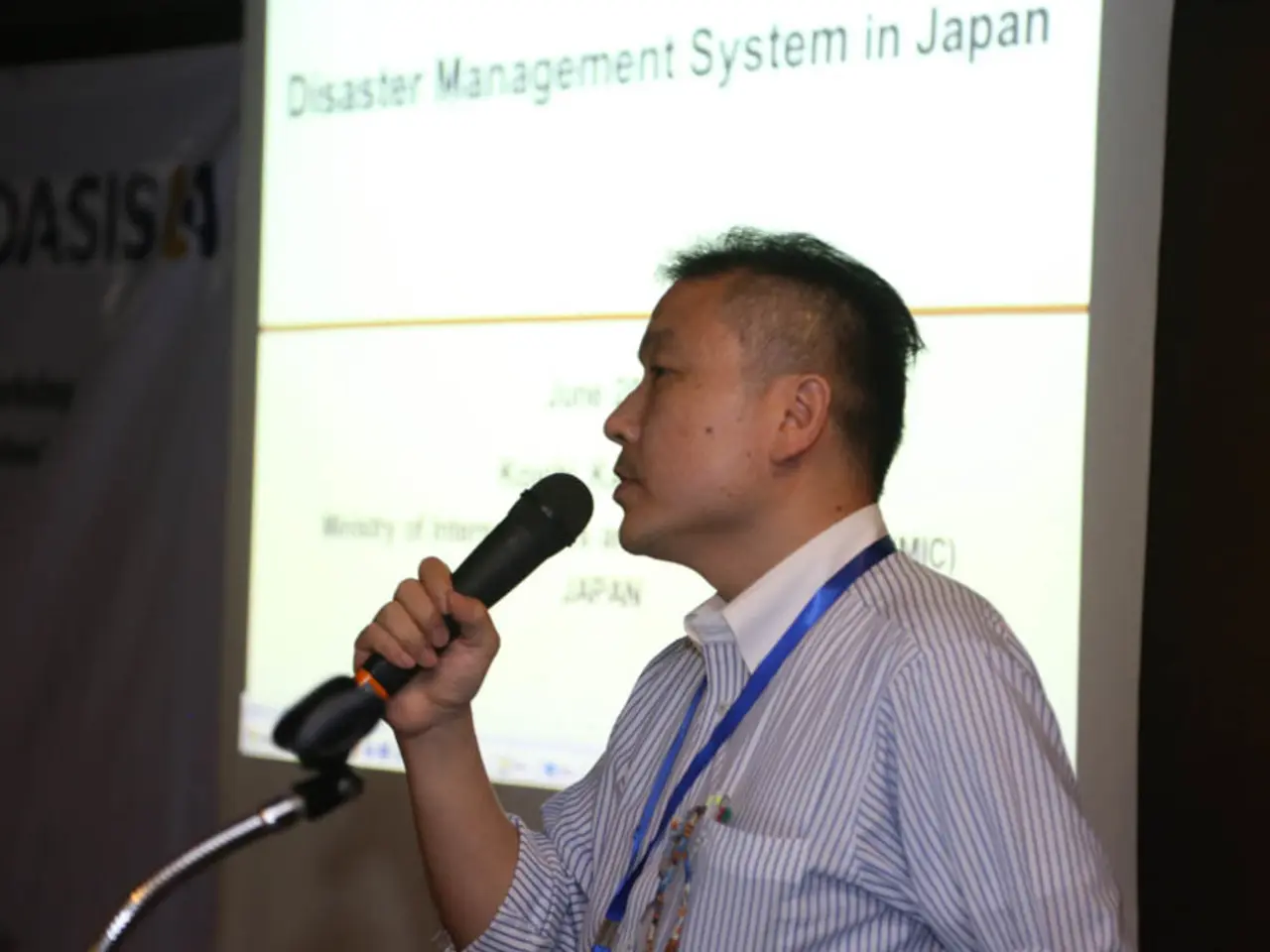Nuclear Power Corporation of Japan (TEPCO) Incurs Significant Financial Loss Due to Decommissioning of Nuclear Plant, Accumulating 903-B Yen
The Tokyo Electric Power Company Holdings Inc. (TEPCO) has announced a consolidated net loss of 857.6 billion yen for the April-June quarter of 2025, marking the largest net loss for the company in this period. This significant shift from a net profit of 79.2 billion yen a year before is largely attributed to the ongoing decommissioning of the Fukushima No. 1 nuclear power plant.
The Fukushima No. 1 nuclear power plant, located in Fukushima Prefecture, northeastern Japan, suffered reactor meltdowns in March 2011 following the massive earthquake and tsunami. The decommissioning of the plant's No. 1 to No. 3 reactors is an arduous task due to the nuclear fuel debris and the reactor meltdowns.
The special loss of 903 billion yen recorded for this quarter includes expenses for the removal of nuclear fuel debris from reactors No. 1 to No. 3 at the Fukushima plant. This encompasses costs related to probing the reactor interiors, lowering radiation levels in the reactor buildings, and demolishing facilities obstructing debris removal work.
TEPCO estimates that the full-scale removal preparation will take about 12 to 15 years, starting with reactor No. 3 around fiscal 2037 and completing by 2051. The total decommissioning cost is expected to reach 8 trillion yen, with an annual set-aside of about 260 billion yen on average for this purpose.
The Fukushima No. 1 nuclear power plant's No. 1 to No. 3 reactors are the focus of the ongoing expenses for removing fuel debris. The expenses for the removal of fuel debris also include the demolition of facilities that obstruct the removal work and lowering radiation levels in the reactor buildings.
Despite these challenges, TEPCO is determined to complete the decommissioning process, which is a significant undertaking for the company. The full-scale removal of nuclear fuel debris at the Fukushima No. 1 nuclear power plant is an ongoing process, and TEPCO expects a massive net loss for the year through next March, largely influenced by these extensive, long-term decommissioning expenses.
Sources: [1] Tokyo Electric Power Company Holdings Inc. (2025). TEPCO announces consolidated net loss of 857.6 billion yen for April-June quarter. Retrieved from https://www.tepco.co.jp/en/press/corp-com/release/2025/1216393_e.html [2] Tokyo Electric Power Company Holdings Inc. (2025). TEPCO's net loss for April-June quarter due to Fukushima decommissioning costs. Retrieved from https://www.tepco.co.jp/en/press/corp-com/release/2025/1216400_e.html
- The massive net loss reported by TEPCO is largely due to the ongoing costs associated with the removal of nuclear fuel debris from the No. 1 to No. 3 reactors at the Fukushima No. 1 nuclear power plant, which falls under the field of environmental science and energy.
- In an effort to lower the long-term decommissioning costs, TEPCO has planned to allocate an average of about 260 billion yen annually for this purpose, an investment that can be seen as a fusion of finance and the science industry.
- The decommissioning of the Fukushima No. 1 nuclear power plant, which started due to the reactor meltdowns in March 2011, has also garnered attention in the space-and-astronomy field, as the successful completion of the process holds implications for the future of nuclear power and, more broadly, the global environment.




